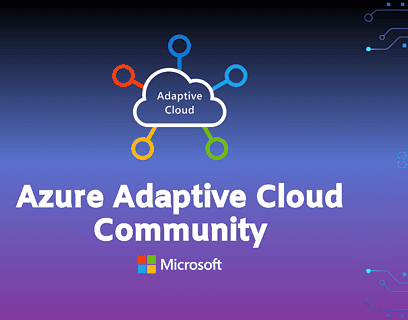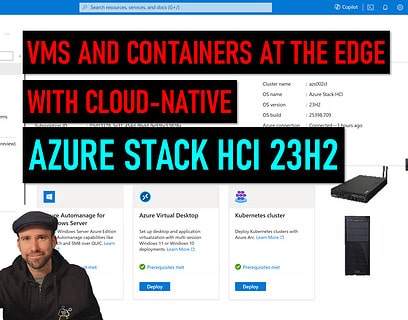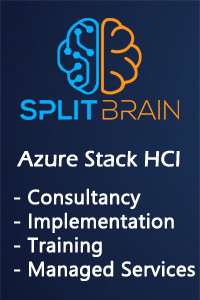At Microsoft Ignite 2019, I had the chance to interview different people across the Microsoft product groups on the Microsoft Ignite Live stage. In the next couple of weeks, I will share with you the links to the recordings of these videos. In this video, I was able to speak to Cosmos Darwin from the Windows Server team about how to get started with Azure Stack HCI. Azure Stack HCI is another part of the Microsoft Azure Stack portfolio, next to Azure Stack Hub and Azure Stack Edge.
[cta title=”Video: Azure Stack HCI” button=”Microsoft Ignite Live” link=”https://myignite.techcommunity.microsoft.com/sessions/89352?WT.mc_id=thomasmaurer-blog-thmaure”]Hyperconverged infrastructure is rapidly becoming the most common way to deploy servers. Join Cosmos Darwin from the Azure Stack HCI team to how affordable and approachable HCI can be![/cta]
Azure Stack HCI is a hyper-converged Windows Server 2019 cluster that uses validated hardware to run virtualized workloads on-premises. You can also optionally connect to Azure services for cloud-based backup, site-recovery, and more. Azure Stack HCI solutions use Microsoft-validated hardware to ensure optimal performance and reliability and include support for technologies such as NVMe drives, persistent memory, and remote-direct memory access (RDMA) networking.
Azure Stack HCI is a solution that combines several products:
- Hardware from an OEM partner
- Windows Server 2019 Datacenter edition
- Windows Admin Center
- Azure services (optional)
I hope this gives you a short overview of Azure Stack HCI. You can check out the following links to get more information:
- Azure Hybrid on Azure.com
- Azure Stack HCI on Microsoft Docs
Microsoft Ignite 2019 was a lot of fun, and you can also watch my session about Hybrid Cloud Management at Microsoft Ignite. If you have any questions, please let me know in the comments.
Tags: 2019, Azure, Azure Stack, Azure Stack HCI, HCI, Hyper-V, Ignite, Interview, Live, Microsoft, Microsoft Ignite, Recording, Video, Windows Admin Center, Windows Server Last modified: December 24, 2019











